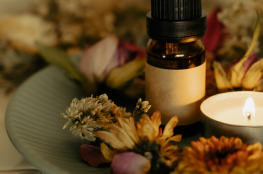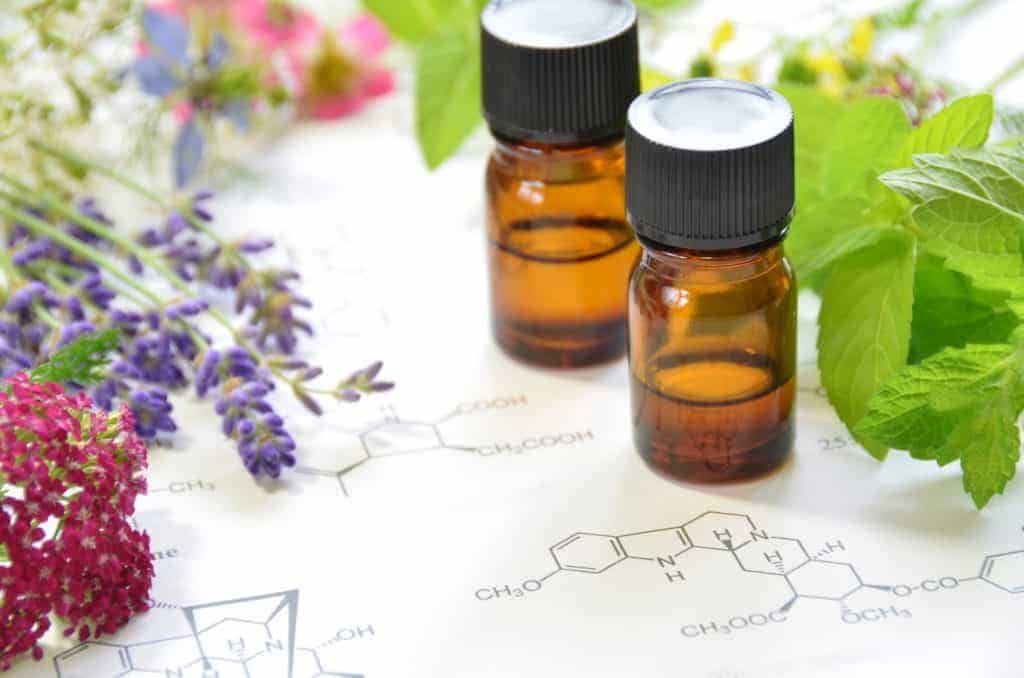
How to Stay Safe When Using Essential Oils
If you are an essential oil user, then read on. Essential oils can be fun and exciting. They can also be extremely powerful. Understanding the correct ways to use them can be amazing. However, using them the wrong way could lead to unwanted effects.
As a certified, clinical aromatherapist, I am frequently asked about ways to use essential oils. Often the conversation turns to safety practices and how you can use oils safely.
Here I highlight the 3 most common mistakes you can make when using your essential oils. I hope that these insights will help you not only be safe but also give you confidence when using them.
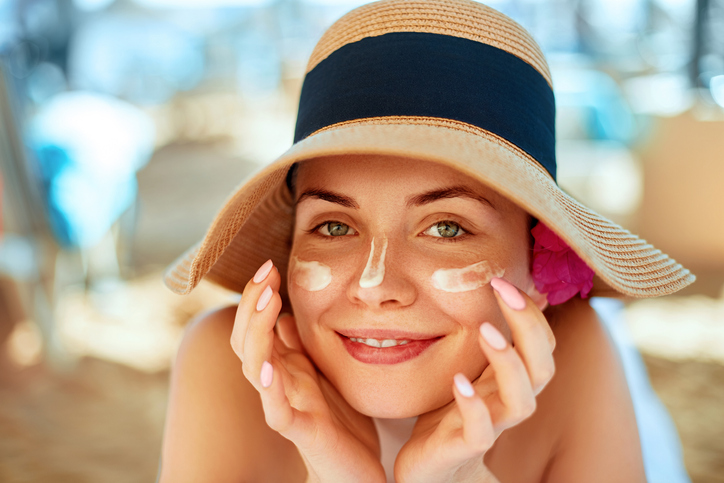
So what are the top 3 essential oil mistakes you could be making?
1) Using phototoxic essential oils in the sun.
EOs can cause phototoxicity or photosensitivity-meaning that you should be extra careful when exposed to UV or sunlight. Diffusing them will not cause this, but the topical application can.
Photosensitivity in simple terms means a sensitivity to light. Exposure to UV/sunlight rays, after applying certain essential oils to your skin, could cause sunburn if you are exposed for too long.
Many people are unaware that medications can also cause photosensitivity. It is important to check your prescription. Using photosensitizing oils with prescriptions that can make you sensitive to the sun can add an even bigger hazard.
If you are heading out into the sun with your oils, make sure to cover up and not expose that area of your skin for 12-24hrs. This gives you permission to rock your big floppy hat and the cool sun shirt.
An interesting fact. Photosensitivity is not always immediate. It can occur in 36-72 hours. post UV exposure.
So why do certain essential oils cause photosensitivity? Some oils contain constituents known as furocoumarins. For example, bergapten in Bergamot oil is the constituent that causes it to be phototoxic.
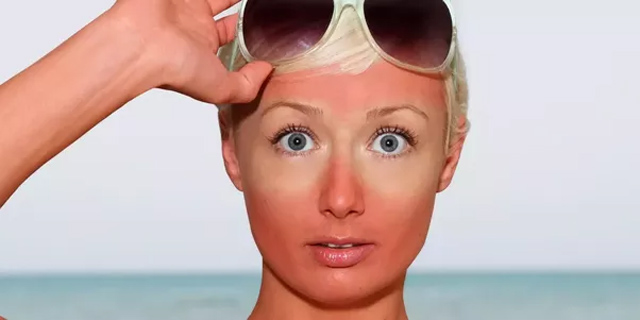
Examples of Common Essential Oils that are Phototoxic
Known Phototoxic Essential Oils
- Expressed Lime Oil
- Expressed Lemon Oil
- Bergamot Oil
- Grapefruit Oil
- Expressed Bitter Orange Oil
- Mandarin Leaf Oil
Known Non- Phototoxic Essential Oils
- Bergamot Oil (FCF- bergaptene removed)
- Distilled Lemon Oil
- Sweet Orange Oil
- Tangerine Oil
- Mandarin Oil
It is important to note that there is a difference between
expressed and
distilled extraction of essential oils. As an aromatherapist, for the aroma and constituents, I prefer the expressed oil. A convenience of distilled oils is that they do not pose the same phototoxic risk. Furocoumarin is a large molecule (not volatile) and much of it is lost in the distillation process. However, some do remain, so it could potentially be mildly photosensitizing.
One final note, each essential oil has its own dilution rate or specific concentration that you should adhere to when applying it to your skin. When following these guidelines, you minimize the potential for phototoxic reactions.
Want to learn dilution rates for your photosensitive essential oils? Check out Andrea’s blog here for dilution of specific citrus oils:
How to Use Phototoxic Essential Oils Safely | Aromahead Blog.
For all essential oils check out Tisserand & Young’s
Essential Oil Safety: A Guide for Health Care Professionals, 2nd Edition.
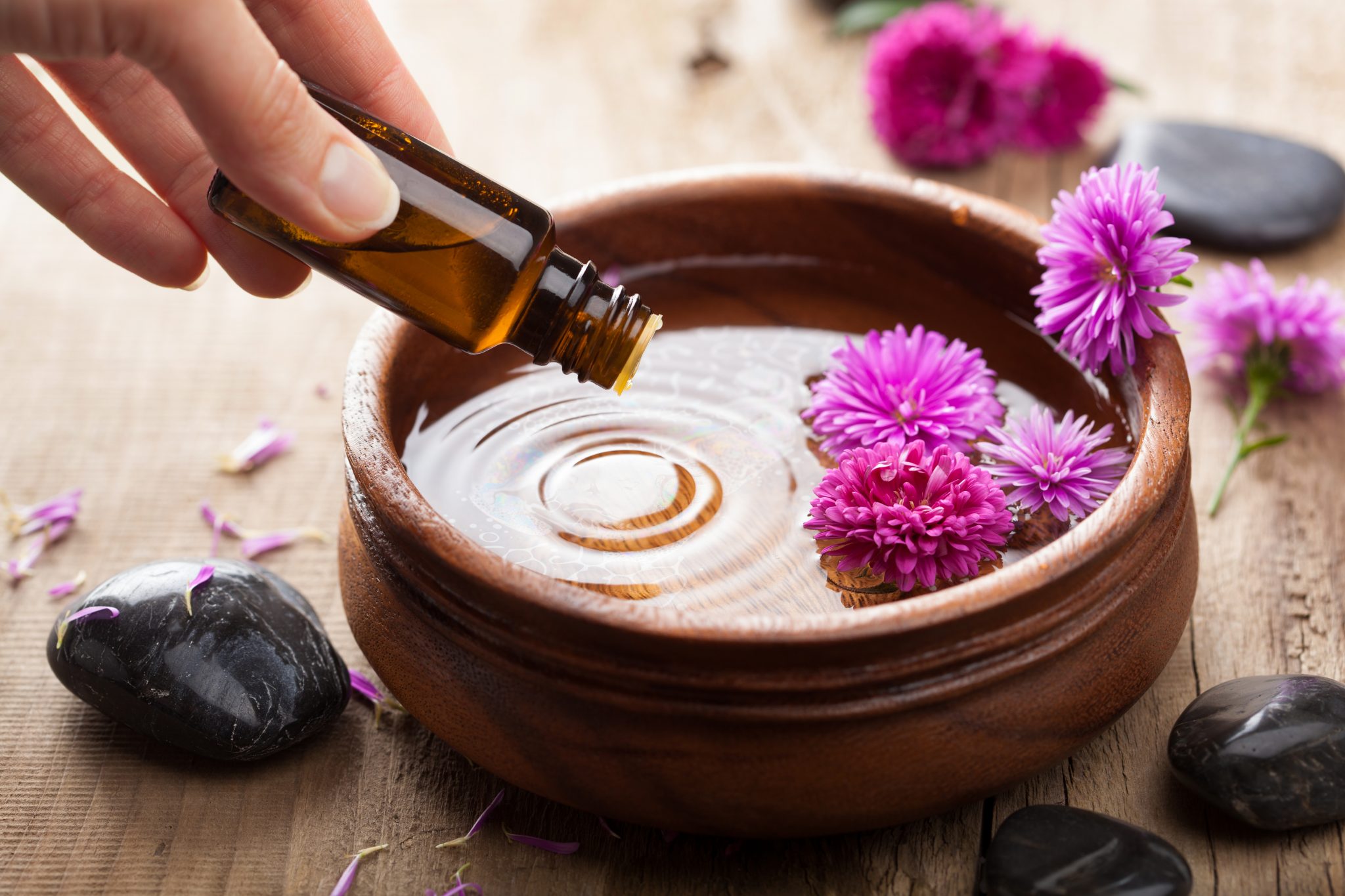
2) Not diluting your essential oils before applying them to your skin.
My motto, is
“Dilution is the Solution”.
Essential Oils are very concentrated and should always be diluted. A little goes a long way. Using undiluted oil is not necessary and is a waste of your money. Using large amounts of essential oil is unnecessary and can also have a big impact on the environment.
Why should you dilute?
Using undiluted essential oils can lead to allergies, irritation- a local immune response, and sensitization- a systemic immune response. An individual’s immune response is unique to them, but if you want to be a lifelong essential oil user, please dilute your oils before using them.
An example of negative responses from using too much oil could be contact dermatitides such as an itchy rash, hives, redness, and blisters. Other unwanted symptoms such as headache or nausea can occur.
What should you dilute them with?
To dilute, I love carrier oils such as coconut or jojoba oil. You can also dilute your oils in lotion or aloe vera gel.
Each essential oil has its own dilution rate. If you are going to make homemade oil blends, it is necessary to learn about your oils and the safe concentration you should use them at.
Other considerations.
Children and the elderly should use much less essential oil than a normal, healthy adult individual.
I personally recommend that children under 2 should not use essential oils. Instead, I recommend hydrosols (flower water). These are much gentler for growing children.
At B. Divine Aromatherapy, all of our blends are formulated based on safety recommendations. Any phototoxic oils in our topical blends are diluted below the recommended concentration so that they do not cause a photosensitive reaction.

The information provided is a general guideline. If you are going to make your own homemade essential oil products, make sure to learn the specific dilution factor of your oil(s) before beginning.
Below is a recommended dilution chart.
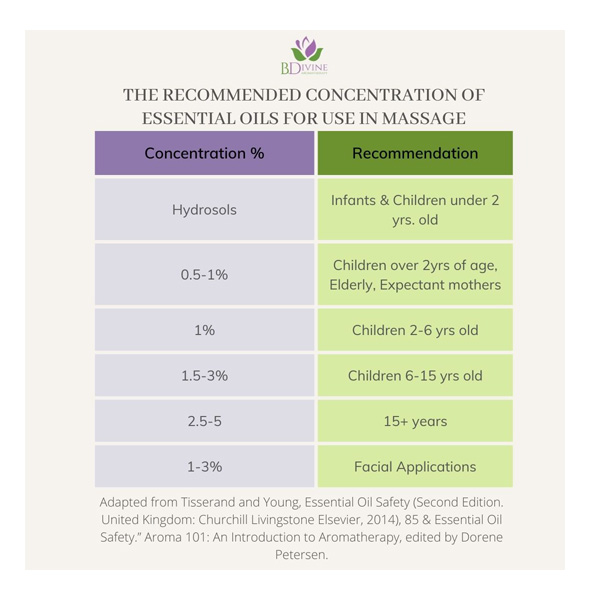 At B. Divine Aromatherapy, our essential oil products are blended with the utmost caution and follow the recommended concentrations so that we can provide you with the safest blend.
At B. Divine Aromatherapy, our essential oil products are blended with the utmost caution and follow the recommended concentrations so that we can provide you with the safest blend.
So how many drops of essential oil do you use to make a 1% concentration?
Rose Mountain Herbs provides a dilution calendar as well as a calculator. Easy and convenient to use. Click on the link below to access it.
A special note. For homemade essential oil products using drops is acceptable. As a formulator and aromatherapist, I use microliters and not drops as it is more accurate.
Click here for the dilution calendar:
https://blog.mountainroseherbs.com/essential-oil-dilutions
Free Printable Aromatherapy Guide
If you are enjoying this blog, this is your chance to get a few more essential oil usage tips. All you need to do is click the button below and it is yours.
Click here to get the guide:
Aromatherapy Basics (mailchi.mp)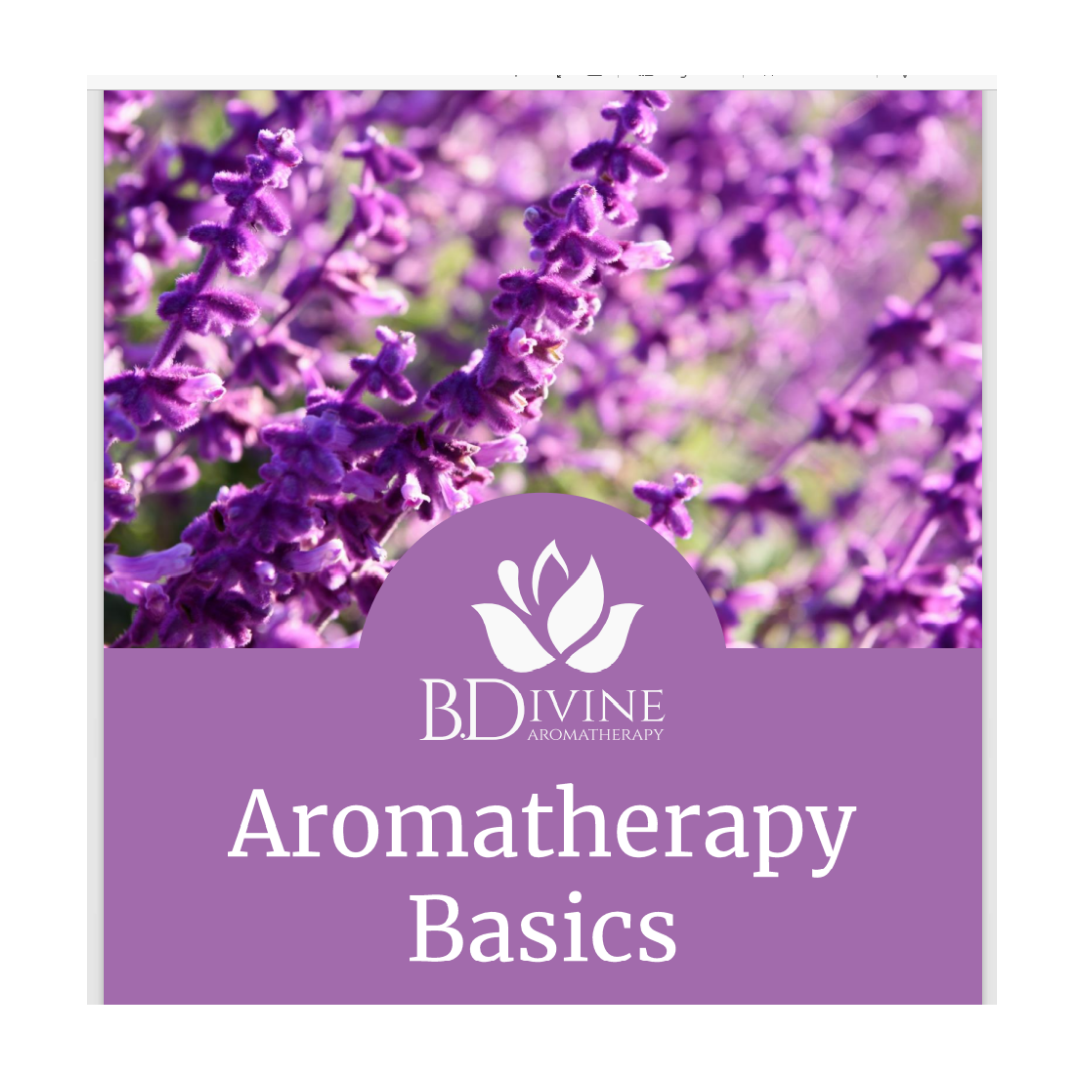
3) Storing your oils improperly.
The top 4 biggest factors in spoilage and reduced quality of essential oils are exposing your oil to:
- Oxygen
- Heat
- Light
- Moisture
All of these can affect the quality of your essential oils. If your oil is exposed to any of these elements, it will shorten the shelf life of your oil. In some oils, it could also lead to sensitivities or allergies due to oxidation.
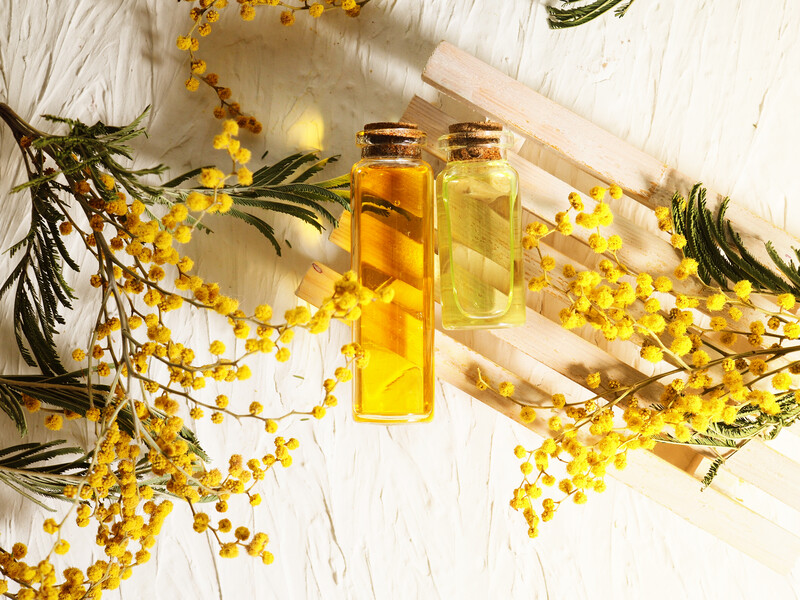 Oxygen
Oxygen
Store your essential oils in tightly closed containers. Contact with the air (oxidation) will cause evaporation and breakdown of your oil.
Heat
Store your essential oils in a cool, dark place. Preferably storing them between 18-65C. Because citrus oils have a high tendency to spoil due to their terpene content, I like to store my citrus essential oils in the refrigerator.
Light
Light can bleach the color of essential oils. It can degrade and break down your oils. Make sure to always store them in a dry, cool, dark area.
Moisture
Moisture can also cause breakdown and degradation of your oil. If your oil is cloudy, it could indicate that moisture has found its way into your oil.
Does this mean you can never store your oil in your car, or the bathroom? While it’s not ideal, sometimes it’s necessary. If this is the case, be mindful that the shelf life of your oil will be shorter. It also means you should regularly evaluate the quality of your oil (or blend). Discoloration, an off smell or change in consistency can all be indicators that your oil has gone bad.
If you believe that your oil has gone bad, discard it. Once oils have turned, they are no longer effective. In fact, in some cases, it can cause allergic reactions and sensitivities due to the constituents in the oil.
Resources used for this article:
- Petersen, Dorene. “Essential Oil Safety.” Aroma 101: An Introduction to Aromatherapy, edited by Dorene Petersen, 18th ed., Oregon, American College of Healthcare Sciences, 2017, pp. 37–40.
- Aromatherapy and Essential Oils | AromaWeb
- Why is Essential Oil Dilution Important? – Robert Tisserand
- Robert Tisserand and Rodney Young, Essential Oil Safety (Second Edition. United Kingdom: Churchill Livingstone Elsevier, 2014), 85.
- Essential Oil Dilution Chart, Calculator & Ratio Guide (mountainroseherbs.com)
- Why Dilute Essential Oils – Atlantic Institute of Aromatherapy
- How to Use Phototoxic Essential Oils Safely | Aromahead Blog




 The information provided is a general guideline. If you are going to make your own homemade essential oil products, make sure to learn the specific dilution factor of your oil(s) before beginning.
Below is a recommended dilution chart.
The information provided is a general guideline. If you are going to make your own homemade essential oil products, make sure to learn the specific dilution factor of your oil(s) before beginning.
Below is a recommended dilution chart.
 At B. Divine Aromatherapy, our essential oil products are blended with the utmost caution and follow the recommended concentrations so that we can provide you with the safest blend.
At B. Divine Aromatherapy, our essential oil products are blended with the utmost caution and follow the recommended concentrations so that we can provide you with the safest blend.

 Oxygen
Store your essential oils in tightly closed containers. Contact with the air (oxidation) will cause evaporation and breakdown of your oil.
Heat
Store your essential oils in a cool, dark place. Preferably storing them between 18-65C. Because citrus oils have a high tendency to spoil due to their terpene content, I like to store my citrus essential oils in the refrigerator.
Light
Light can bleach the color of essential oils. It can degrade and break down your oils. Make sure to always store them in a dry, cool, dark area.
Moisture
Moisture can also cause breakdown and degradation of your oil. If your oil is cloudy, it could indicate that moisture has found its way into your oil.
Does this mean you can never store your oil in your car, or the bathroom? While it’s not ideal, sometimes it’s necessary. If this is the case, be mindful that the shelf life of your oil will be shorter. It also means you should regularly evaluate the quality of your oil (or blend). Discoloration, an off smell or change in consistency can all be indicators that your oil has gone bad.
If you believe that your oil has gone bad, discard it. Once oils have turned, they are no longer effective. In fact, in some cases, it can cause allergic reactions and sensitivities due to the constituents in the oil.
Resources used for this article:
Oxygen
Store your essential oils in tightly closed containers. Contact with the air (oxidation) will cause evaporation and breakdown of your oil.
Heat
Store your essential oils in a cool, dark place. Preferably storing them between 18-65C. Because citrus oils have a high tendency to spoil due to their terpene content, I like to store my citrus essential oils in the refrigerator.
Light
Light can bleach the color of essential oils. It can degrade and break down your oils. Make sure to always store them in a dry, cool, dark area.
Moisture
Moisture can also cause breakdown and degradation of your oil. If your oil is cloudy, it could indicate that moisture has found its way into your oil.
Does this mean you can never store your oil in your car, or the bathroom? While it’s not ideal, sometimes it’s necessary. If this is the case, be mindful that the shelf life of your oil will be shorter. It also means you should regularly evaluate the quality of your oil (or blend). Discoloration, an off smell or change in consistency can all be indicators that your oil has gone bad.
If you believe that your oil has gone bad, discard it. Once oils have turned, they are no longer effective. In fact, in some cases, it can cause allergic reactions and sensitivities due to the constituents in the oil.
Resources used for this article:


